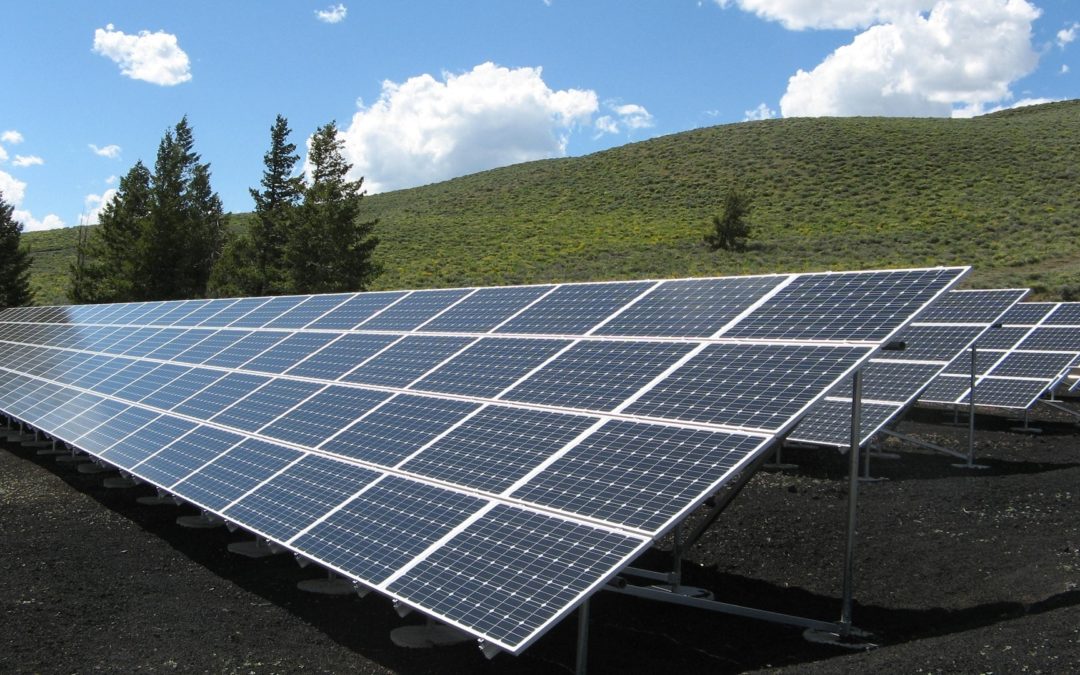Much has been written about the dramatic upward movement in energy prices. A further problem to contend with in the near term is the volatility of prices and the cost this bears.
If we use traditional measures of observing historical volatility, prices were more volatile 2 years ago in absolute terms than they are now. However, if we observe volatility and the impact in monetary terms (££s) to the counterparty or customer, then we can see that the risk costs will be much more significant now than ever before. Due to the fact that prices are approximately 5 times greater. As an example, a historical or implied volatility of 30%, 2 years ago might have resulted in the occasional price spike of £50 MWh to >£100 MWh; a similar percentage spike might now lead to a cost of £200 MWh to >£400 MWh….
Today’s prices are within a large mid-swing, up or down, but whereas before, we could almost assume a mean reversion towards the credit assessment price published and reviewed by Elexon. This makes energy pricing more difficult for customers than ever. Also, there is an increase in need for risk premiums for energy suppliers to cover the holding risk of their customers.
Further potential complexity is with higher prices, the price differential between baseload and peak prices has reduced considerably. E.g. Over the last 7 months this is just over 8% on the day ahead prices, in short, not a lot. Near term forward prices show a similar differential. However, last October the difference between base and peak prices was 24% the day before expiry. This demonstrates the lack of predictability of prices, with off-peak prices on average of £161.80 per MWh.
Finally, there is a general lack of liquidity, with months and quarters that normally trade, not trading at all. This adds to the volatility since it is tricky to determine the value of the forward curve without performing an extrapolation and even then, there is likely to be no sellers at this notional price.

So, what is the implication of high absolute volatility?
First, the market is difficult to hedge against. This applies to energy suppliers who are naturally short generation and in turn, customers who traditionally used the flexibility market to top up their hedge position. The majority of us.
The volatility and lack of liquidity will impact manufacturing plants, and in particular those plants that rely heavily on energy to process and ship their goods and there are very few financial contracts that can protect a customer against their entire price risk.
And the range of industries impacted is extensive. It might be a food processing factory whose raw materials are more expensive due to its supply chain’s higher cost to produce and transport or, the goods being shipped to a restaurant. We heard recently about a restaurant owner who had reduced their use of tomatoes, deeming them to be impacted more by price increases than most of the other salad ingredients!
Three ways you can start to pro-actively manage volatility
There are some potential mitigations, which though they require investments, have strong business cases.
- If you have standby generation, now is a good time to utilise this as you might if it were a merchant plant, and turn it into a revenue stream. If applied at the right time, this can reduce the exposure to price swings. The main feedstock has been traditionally natural gas CHP but already, we are seeing interest in hydrogen as a potential mid-term replacement for natural gas.
- There is a vital investment case for batteries. We heard recently about a potential solar prospect who would be financially better off if they just allowed the land to be used for batteries.
- Then there is rooftop solar and PPAs since the price of additional green power investment has never been more competitive and is much, much lower than wholesale prices.
Even if soaring prices are not sustainable over the lifetime of the assets, the beauty of solar and batteries is that they are moveable assets to the points most in need of energy supply and they can be a very good return on investment.
At Utilidex we are committed to helping customers navigate these challenges
Our billing products now support renewable/generation assets
Utilidex is working increasingly with partners to support the billing and settlement of these smaller assets to corporates and industrials using a similar workflow to that we have deployed for complex bill processing.
Traditionally these assets used spreadsheets to calculate bills. But with 1000s of assets available why perform these calculations manually when you can use a system with the correct data. More importantly, you can complete data with the right data rules in place before performing these calculations prior to invoicing.
Managing complex energy adjustments
What is also tricky is supporting billing and settlement manually in a market where there are many monthly, quarterly, or annual adjustments based on market rules. The most well-known are the transmission adjustments for large sites but, many other third-party rates are subject to adjustments.
Where once the value of these statements and bills might be in the low £1000s, these are now valued in the £10,000s per month. In some cases, there are off-takers in arrears of 6 months or even a year with customer export sites.
We’re here to help with your energy software needs
We suggest now is the time to install the systems that will catch such anomalies and understatement of invoices and reduce your exposure to volatile prices. If you are a supplier looking to bill and provide transparency to end customers, or customers looking to calculate and reconcile renewable assets, we would welcome a discussion on how we can help you.

